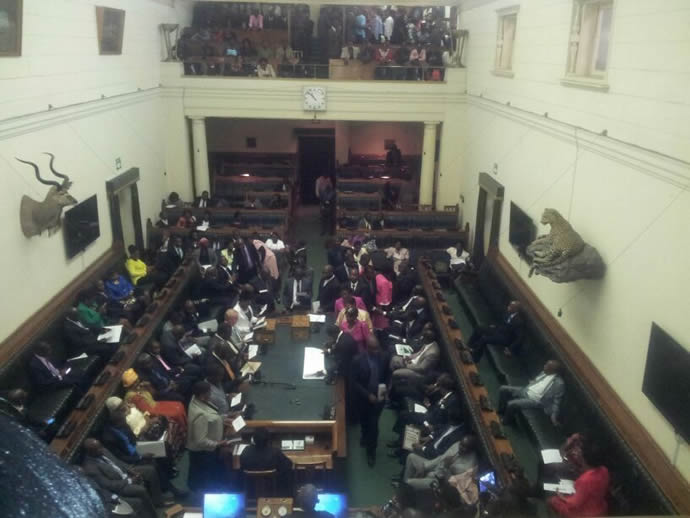Editorial Comment: Lets think carefully about agric planning

 The decent rains and better preparations look likely to produce a good harvest of maize and a decent tobacco crop this season.
The decent rains and better preparations look likely to produce a good harvest of maize and a decent tobacco crop this season.
This is good news.The closer Zimbabwe can get to self-sufficiency in maize, and the more families can grow their own food, the lower our imports and the less Government spends to ensure people have enough to eat.
The bigger and better the tobacco crop — and cotton is in the same boat — the higher our export earnings, getting our balance of payments into line as cash goes into the pockets of many families.
The economy has been growing reasonably well in recent years.
But we have had a surge in imports without an equal surge in exports. These negative numbers on our balance of payments have resulted in restricted liquidity.
The path to a better system needs to see fewer imports, or more exports — or both.
The better agricultural season we are experiencing does both: we import less food and we export more cash crops.
Since tobacco and cotton are our main agricultural exports, we should add more value through processing and ginning.
The sum farmers receive for tobacco is roughly doubled once stalks are removed, water content is just right, orders with exactly the right grades and quality are made, tobacco is properly packed for export and it is insured. Most of these processing costs are human costs, that is, salaries paid to Zimbabwean workers.
But agriculture needs to contribute far more, starting from the realisation that it does not really matter whether it cuts imports or boosts exports, as long as it does at least one of these.
Zimbabwe can grow maize in several areas at a cost below the world price, so it makes sense to push production there.
Millers prefer to buy locally, but can import when they need to.
Government’s role can be to create a base price for maize through the GMB, and the grain utility can also pick up some extra money by renting silo capacity to millers buying from local farmers.
When it comes to wheat there is still debate.
The crop is expensive when grown under irrigation, as in Zimbabwe, and the landed cost is generally 80 percent of the Zimbabwean farmers’ break-even requirement.
It might make more sense to use the irrigation capacity to grow crops that we can sell at a profit, and import wheat.
Tobacco, for example, can be boosted in quality and quantity if a crop is started under irrigation, and maize producers in the past found that a little supplementary irrigation — for a few dollars a hectare — could bring a crop through a dry spell with maximum value.
Similarly, trying to make money from grain in western and southern Zimbabwe might not be sensible economically.
Using available water and fertiliser for livestock and pasture improvement, and exporting beef and goats, would probably be better use of resources and labour.
There are excellent and almost insatiable markets for goats in the Middle East, and using the right breeds, commercial goat farmers in semi-arid areas could earn enough money to buy their own food, send their children to decent schools and have a far more comfortable life than if they produce a so-so maize crop every other year and rely on handouts in bad years.
The present season shows our agriculture can go far. Now we need to think carefully so we have even more potential in an average or even sub-standard year.









Comments